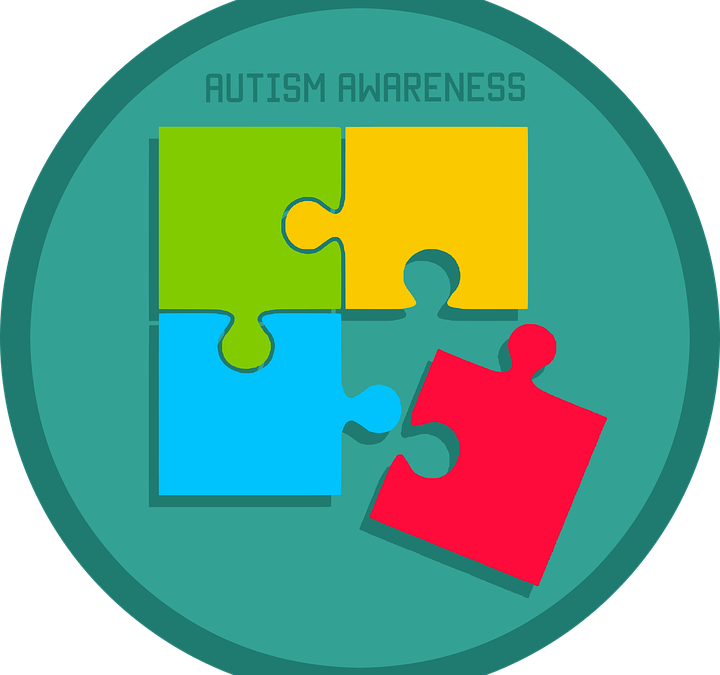Table of Contents
Discussions about disorders like autism and emotions often are rife with stigma and criticisms. There is a persistent belief held that people with autism, due to their limited emotional capacity, unable to feel empathy or feel any emotion at all.
However, this is simply not true, and the persistence of such beliefs can be harmful as it creates a barrier that keeps people from trying to understand the disorder, and the individuals who have the disorder. This may lead to a distorted, often unfair perception of these individuals, which may then hinder how we interact with them and them with us. This kind of deterrent makes it all the more challenging to create a safe, healthy environment in which they can be given a chance to thrive, as all human beings deserve.
ASD and Empathy
Individuals with autism and emotions or are on the autism spectrum disorder (ASD) can indeed feel emotions and even display empathy. It may just be difficult for them to recognize that they are feeling emotions and to realize which emotions they are feeling.
The range of human emotions is vast, but it can be pared down to the basic six: happiness, surprise, sadness, anger, fear, and disgust. Typically, these emotions can be picked up and recognized by a child as young as two months old, during which a baby may begin to smile, laugh, and even show signs of fear. And as children develop and grow into adolescents and adults, they also continually improve how they manage and handle emotions, building empathy, self-control, and responsiveness to the feelings of those around them.
Alexithymia
Alexithymia is a condition characterized by a difficulty to understand and recognize one’s own emotions. When alexithymia is present, a person might suspect that they are experiencing an emotion but cannot classify which emotion it may be, whether it be anger, anxiety, or irritation. This condition is present in about 50% of people with autism; it’s a significant percentage, which is perhaps the where the notion that people with autism cannot recognize nor read autism and emotions and empathize came from.
Eye Contact
The difficulty in recognizing autism and emotions, both of one’s self and those of others, is generally accepted as another part of autism. A large part of our emotions are expressed through the eyes and the mouth, which leads to another hypothesis: the difficulty of people with autism in recognizing emotion can be in due part to their inability to hold or maintain eye contact.
From the early development stage, children with ASD may display inability to focus on other people’s faces and behaviors. They tend to keep to themselves and are not prone to sharing their interests nor in participating in other’s interests.
Neurotypical
Children with ASD often also find it difficult to use emotion to manage social interactions. They are unable to express concern for others and may not possess the ability to offer comfort, coming across as apathetic. Since children with ASD also are unable to read non-verbal cues and grasp the meaning behind words, they are also prone to misunderstanding situations and thus may respond with emotions inappropriate for the situation. For instance, when someone tells a joke using sarcasm or irony, a person with ASD may only express confusion; people with autism and emotions are often unable to get the joke since they take things quite literally.
Regardless of whether the person with autism also has alexithymia, they spend significantly less time looking at faces and maintaining eye contact than neurotypical people.
Bottom Line
Although individuals with autism excel at analysis and logic-based activities and experiences, they still are able to feel emotions. They just process said emotions differently, and respond to these emotions in a way that may be unique to them. As such, it is important to help them understand these emotions and give them a safe space to do so.
There’s an extensive range of therapies and treatment options available for children with autism spectrum disorder (ASD). Some of these might be able to help your child with recognizing, showing, and managing autism and emotions. It might tough to find the effective approach, but with the right help, it is doable.
Consult with a specialist to devise a personalized treatment plan that can help address your child’s individual needs.






 I love to write medical education books. My books are written for everyone in an easy to read and understandable style.
I love to write medical education books. My books are written for everyone in an easy to read and understandable style.
